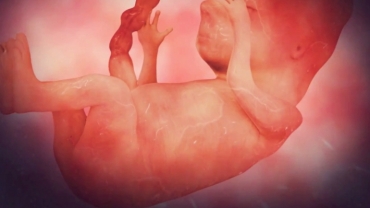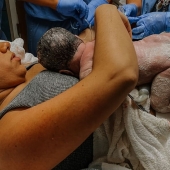While it's not scientifically proven, ingesting placenta is believed to increase breast milk production and decrease the risk of post-partum depression in new mothers. Many women report a boost in energy.
For the strong-of-stomach, making a placenta smoothie and chugging it down is one way to do it. But if that's too reminiscent of the Twilight movies, there are other methods. Some parents hire professionals to cook and freeze-dry the placenta, then cut it into pill form.
Several cultures, such as in parts of Italy and Vietnam, have been known to traditionally embrace this practice as well. Placenta has even been used in traditional Chinese medicine. In Hungary, women bite it to lessen complications during childbirth.
Not to mention, most other mammals do it as well. In order to sustain themselves after giving birth, animals eat the nutrient-rich placenta instead of expending energy hunting or scavenging.
For something that has been practiced for ages by various cultures and other mammals, placenta consumption has raised a lot of controversy in our society. Opponents of the idea argue that the process of putting placenta in "pill form" is unregulated, and mothers aren't fully aware of exactly what they're ingesting.
However, proponents continue to say the anecdotal evidence is overwhelming and refuse to deviate from their post-partum nutritional plan -- whether it's appetizing or not.
- 20977 views













